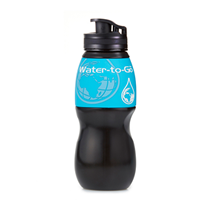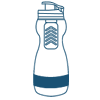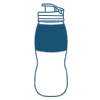Water Purification Methods
Water Treatment Methods
Whether you’re getting close with nature in the great outdoors or drinking from questionable taps on your gap year, holiday, backpacking or hiking adventure you’re going to need safe access to water.
Coming down with the dreaded ‘Delhi Belly’ or ‘Travellers Diarrhoea’ can wipe out an entire trip or holiday, not to mention the more serious contamination that can be lurking in untreated water.
Travelling outside of the UK, you are exposed to a number of different water contaminants that often force us to rely on bottled water (which is extremely bad for the environment, not to mention the vast expense).
Hepatitis A, E.Coli, Cholera, Weils’s Disease, Giardia, Legionnaires Disease and Cryptosporidium to name a few!
The only way to make sure what is in our water when we’re away from home is to treat it ourselves. But, what is the best method for purifying water?
Let’s take a look at the some of the different methods for treating water:

Boiling
Boiling water to remove unwanted germs is the oldest trick in the book. It’s extremely effective in eliminating microbiological contaminants from the water. It’s recommended to bring the water to a rolling boil for a minimum of 1 minute to purify it. At an altitude above 2,000 metres you should increase this to 3 minutes.
What does boiling water remove: Microorganisms, including bacteria, viruses and protozoa.
What doesn’t boiling water remove: heavy metals such as lead, debris, nitrates and pesticides.
Advantages of boiling water: Very effective for removing harmful organisms, no cost involved.
Disadvantages of boiling water: Time consuming; access to heating method required E.g. fire, stove or kettle, not effective against potentially harmful chemicals or metals that may be in the water. Smell and taste are not improved.
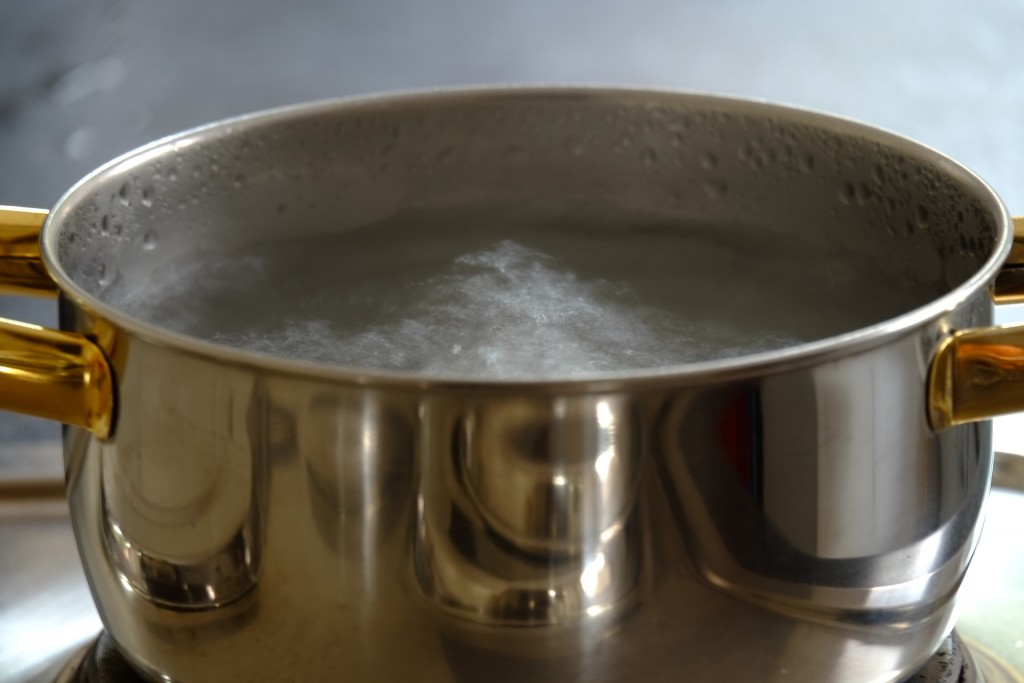
PURIFICATION TABLETS/HALOGENS
Purification tablets/halogens, have always been a popular choice for outdoor trekkers and travellers to treat water. For a time, they were the only alternative to boiling water. Essentially they use chemicals to kill off microbiological contaminants from the water. Iodine was traditionally used to purify water. However, in 2009, The European Union (EU) banned the sale of Iodine for use in disinfecting drinking water due to it’s associated health risks. The most common tablets or drops used are made from chlorine, silver or chlorine dioxide.
What do purification tablets kill: Microorganisms such as Bactria, viruses, cysts (depending on type).
What don’t purification tablets remove: Chemicals, pesticides, heavy metals, sediment.
Advantages of purification tablets: Small and Lightweight, cheap and cost effective.
Disadvantages of purification tablets: Usually a minimum wait-time of 30 minutes. Some require a wait-time of up to 4 hours to kill contaminants such as cryptosporidium. After the water has been treated, you then still drink the chemicals and additives. Usually have a foul taste.

ULTRAVIOLET LIGHT (UV)
Using UV light to purify water is great for neutralising microbiological contaminants such as bacteria, viruses and cysts. They are operated using batteries and are usually small (often in a pen form) and lightweight. There are also versions of the technology in water bottles as well. The process is very quick, usually taking 60-90 seconds.
What does UV light kill: Microorganisms, including bacteria, viruses and protozoa.
What doesn’t UV light remove: Chemicals, heavy metals sediments and debris.
Advantages of UV light: Small and lightweight (depending on type).
Disadvantages of UV light: Relies on batteries (restricted access to batteries when travelling). Won’t remove any sediment or debris, taste or odours.

WATER FILTERS
Water filters are fantastic for dealing with all types of different water contaminants (depending on which one you go for). They traditionally involve drawing water through a microscopic hole (pore) by pumping or sucking. Most water filters for outdoor use or travel will be able to deal with bacteria and protozoa (Cryptosporidium and Giardia lamblia for example). Very few are equipped to deal with viruses.
Water filters for gap years, outdoor use and travel, come in a variety of formats including straws, pump units and water bottles.
Some water filters use a simple ‘carbon block’ technology. These are known as charcoal filters or activated carbon filters. Whilst these types of filters are excellent to reduce chemicals, and odours in domestic tap water they are not recommended to be used with untreated water such as rivers, streams or suspect tap water abroad.
Some water filters will combine a number of different filtering methods that will also remove viruses from the water as well as a large number of chemicals, heavy metals and pesticides.

What do water filters remove: Most should eliminate bacteria and cysts. Some will filter viruses if they have a combination of technologies or a small enough pore size. Some will even eliminate chemicals, heavy metals and pesticides.
What don’t water filters remove: Depends on type.
Advantages of water filters: Usually light, portable, quick and cost effective (depending on type).
Disadvantages of water filters: Filters will eventually need to be replaced. Flow rate may be slow (depending on type).
Traditionally when choosing a water filter, the most important question was ‘what is the pore size’. When you’re dealing with microbiological contaminants there are 3 key groups that need to be considered.
- Protozoan cysts E.g. Cryptosporidium and Giardia lamblia. These range from 1 to 300 microns in size.
- Bacteria E.g. Escherichia coli (E. coli), Leptospira. These range from 0.1 to 10 microns.
- Viruses E.g. Hepatitis A, Polio, tota virus, rotavirus, enterovirus, norovirus, Norwalk virus. These are extremely small and range from 0.005 to 0.1 micron.
Unless the filter has a small enough pore size to deal with all of the above, or has a combination of technologies then it will be restricted in what it removes.
When talking about the pore size, we refer back to standard technology. The mechanical restriction of the size of the pores has been the traditional measure of what a filter will eliminate. This is not the case with all filters. For example, Water-to-Go uses a unique combination of three technologies, each performs individually but it is the combination that makes it unique. Water-to-Go use a combination of two nano technologies, which not only reduce the pore size to 0.7 microns, but also create a positive hydrostatic charge in the membrane which attract and traps even the smallest of viruses!
In addition to the nano technology used in Water-to-Go filter water bottles, activated carbon is used. However, instead of glueing them into a block (which loses 60% of its efficiency), it is incorporated into the membrane so it works at maximise the benefits.
What does Water-to-Go remove: All microbiological contaminants including Bacteria, Viruses, Protozoa, Cysts, Chemicals like chlorine and fluoride, heavy metals like copper and lead as well as pesticides. See full list.
What doesn’t Water-to-Go remove: The positively charged minerals, E.g. calcium, magnesium, sodium, potassium.
Advantages of Water-to-Go: Small and lightweight. Cost effective. Fast Flow rate (10-12ml per second) Works instantly, doesn’t require batteries, eliminates bad taste and odours.
Disadvantages of Water-to-Go: Replaceable filter (however, these are low cost and last up to 200 litres).
The 3 technologies in Water-to-Go water bottles far exceeds the EPA requirements for microbiological filtration. Water-to-Go achieves the following reduction:
- 6 log10 (99.9999%) for Bacteria
- 5-6 log10 (99.999-99.9999%) for Viruses
- 4 log10 (99.99%) Microorganisms
- 3 log10 (99.9%) Chemicals (Chlorine, Fluoride) Heavy Metals (lead, copper) and Pesticides.

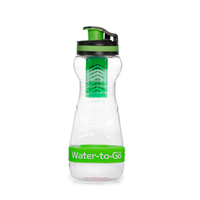
Two practical sizes - One Purpose.
Making Dirty Water Drinkable
